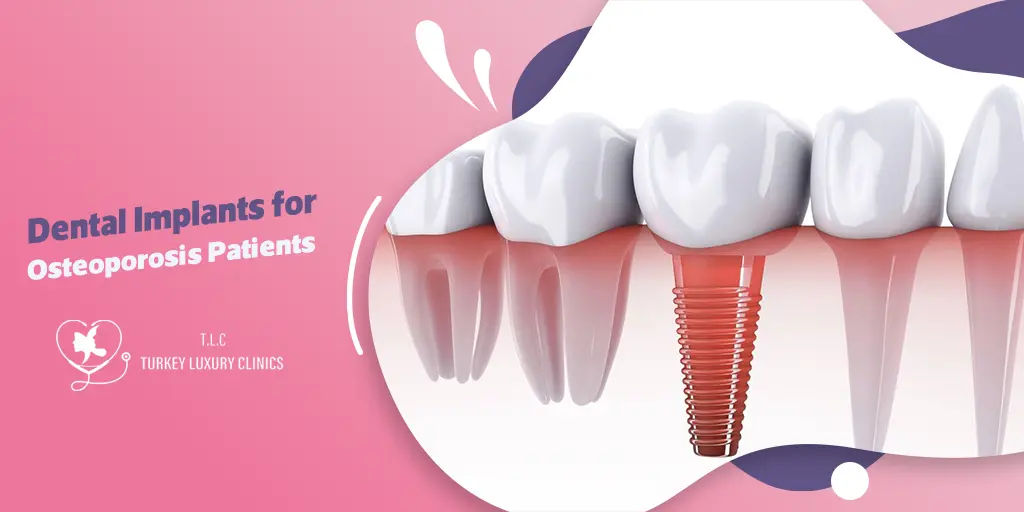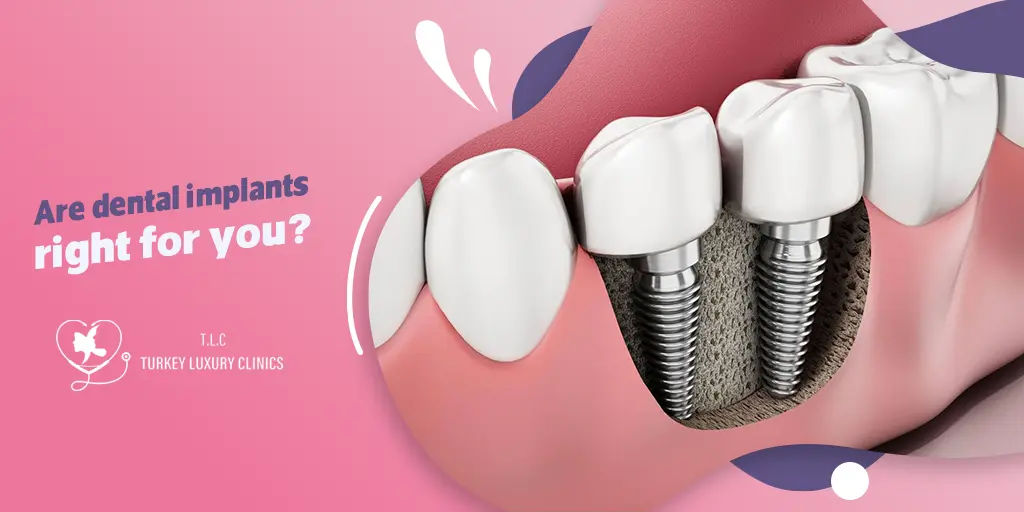- - What is Osteoporosis?
- - The Impact of Osteoporosis on Dental Health?
- - Techniques for Placing Dental Implants for Osteoporosis Patients
- - Success Rates of Dental Implants in Osteoporosis Patients
- - Considerations
- - Advancements in Dental Implants for Osteoporosis Patients
- - Why Choose Us for Your Implants
- - Conclusion
- - FAQs
Dental implants have revolutionized the field of dentistry, offering a permanent solution for missing teeth. However, for patients with osteoporosis, a condition characterized by weakened bones, dental implant procedures can present unique challenges. This article explores the feasibility, success rates, and recent advancements in dental implants for osteoporosis patients.
What is Osteoporosis?
The term "osteoporosis" is defined as "porous bone." This disease typically occurs when the density and quality of a person's bones decline, often as a result of the aging process. To gain an understanding of osteoporosis, it is first necessary to bones behave in the body. Consider the example of your skin. Old cells are shed, and new cells are continuously generated that are more flexible than the old cells. A similar phenomenon occurs in bones. At any given time, some of your bone cells are engaged in the creation of new bone tissue (osteoblast) while other bone cells are involved in the breakdown of older bone tissue (osteoclast).
In other words, one type of bone cell is responsible for the formation of new bone tissue, while the other type of bone cell is involved in the removal of old bone tissue. The process of replacing old bone with new is known as remodeling. The human skeleton undergoes a complete regeneration process over approximately 10 years.
The Impact of Osteoporosis on Dental Health?
Osteoporosis is a systemic condition that reduces bone density and strength, making bones more susceptible to fractures. This condition can affect various parts of the body, including the jawbone, which is essential for supporting dental implants. The diminished bone density in osteoporosis patients can complicate the osseointegration process, where the implant fuses with the jawbone.
Techniques for Placing Dental Implants for Osteoporosis Patients
A number of techniques are available to dentists who wish to secure dental implants in patients with osteoporosis. The 4 main ones are the following:
Bone Compression
Instead of drilling a hole to insert the implant, the implant is pressed directly into the bone to compress it. The pressure used helps compress the bone more tightly around the implant screw, thereby increasing the density of the bone and enhancing the stability of the implant.
Bone Consolidation
Specialized drills can be utilized to insert the implant into the bone, which compacts the bone and makes it denser. A thicker bone provides a more secure foundation for the implant, enhancing its strength and stability.
Connecting Teeth
In cases where two or three adjacent teeth are missing, an alternative to placing an individual implant for each tooth is to connect the teeth together as one implant. This approach distributes the bite force evenly across all three teeth, providing a more stable and robust solution. The combination of the three teeth results in a strength nine times greater than that of a single tooth. This increases the likelihood that the implant will remain strong and stable over time, thereby reducing the risk of failure.
Specialized Implants for the Upper Jaw
When teeth in the upper jaw require replacement, it may be advisable to consider the cheekbone (zygomatic bone) or the base of the nose, or a bone located near the upper wisdom teeth areas (pterygoid bone). This technique is employed when the bone is particularly soft and/or the sinuses are enlarged.
Success Rates of Dental Implants in Osteoporosis Patients
Several studies have investigated the success rates of dental implants in patients with osteoporosis. According to a 2017 review of 15 studies, osteoporosis does not significantly increase the risk of implant failure. The review found that the failure rates in osteoporotic patients were comparable to those in non-osteoporotic patients Healthline.
Another study reported an implant survival rate of approximately 96.46% in osteoporotic patients, indicating high success rates when proper techniques are employed National Elf Service.
Considerations
While dental implants are a promising solution for osteoporosis patients, certain precautions must be taken. Patients on bisphosphonate therapy, commonly prescribed for osteoporosis, may face an increased risk of implant failure and bone complications. It is advisable to consult with both a dentist and a physician to assess the risks and manage the treatment plan accordingly.
Advancements in Dental Implants for Osteoporosis Patients
The field of dental implantology has seen significant advancements, particularly benefiting patients with compromised bone health. Innovations such as osseointegration technology, metal-free materials, and 3D printing have improved the success rates and longevity of dental implants for osteoporosis patients. These advancements allow for better bone integration and reduced healing times.
Why Choose Us for Your Implants
Over the years, Turkey has become a top destination for dental treatment due to a combination of factors:
Affordability: the cost of dental care in Turkey is significantly lower compared to many other countries, making it an attractive option for those seeking affordable, high-quality treatment.
Highly skilled professionals: Turkish dentists and specialists are highly trained, ensuring patients receive excellent care.
Convenient location: Turkey's geographical location makes it easily accessible for patients from Europe and other parts of the world.
Package deals: Turkey Luxury Clinics offers a package including airport transportation, hotel accommodation, a personal interpreter, and full post-operative care.
Conclusion
Dental implants can significantly enhance the quality of life for patients suffering from osteoporosis by providing a reliable and permanent solution for missing teeth. Thanks to advances in technology and more tailored treatment approaches, the success rates of dental implants in osteoporotic patients are encouraging. Contact Turkey Luxury Clinics and our experienced dental professionals will assist you in navigating the complexities associated with osteoporosis and dental implantology.
FAQs
- How much bone loss is too much for implants?
At this time, there are no specific guidelines that state a certain amount of bone loss is too much for implant surgery. If you have osteoporosis, you are likely to be approved for implant surgery, regardless of the severity of your condition.
- Does bone loss contribute to implant failure?
The ability of the bone to integrate with the implant is a critical factor in determining the success of a dental implant. However, there is currently no evidence to suggest that osteoporosis-related bone loss affects the longevity of the implant.
- Is bone grafting a necessary procedure for dental implants?
It depends on the severity of the bone loss in your jawbone. If there is not enough bone density to support the implant, bone grafting may be necessary.












.webp)
.webp)
.webp)
.webp)

